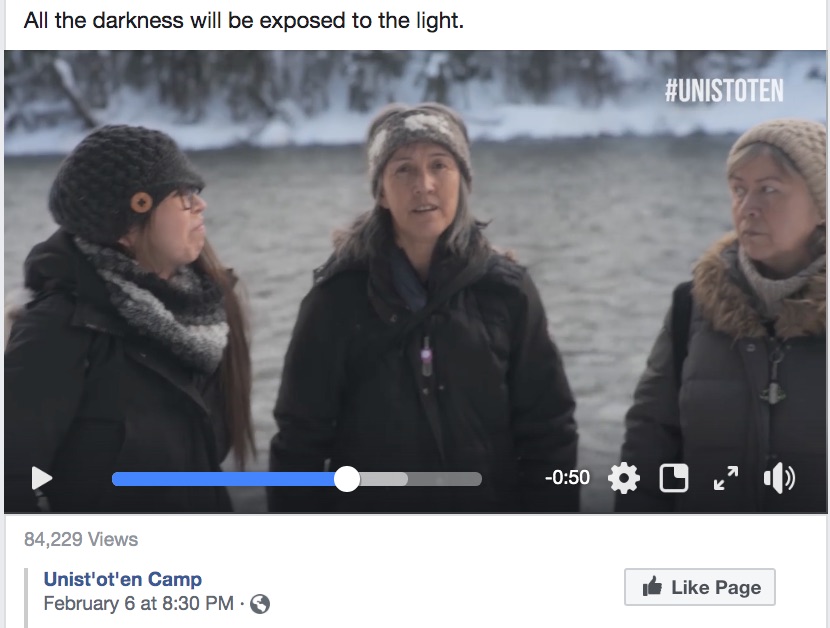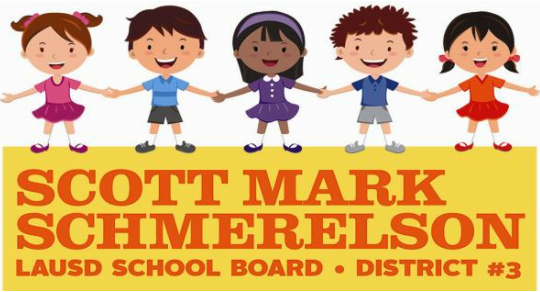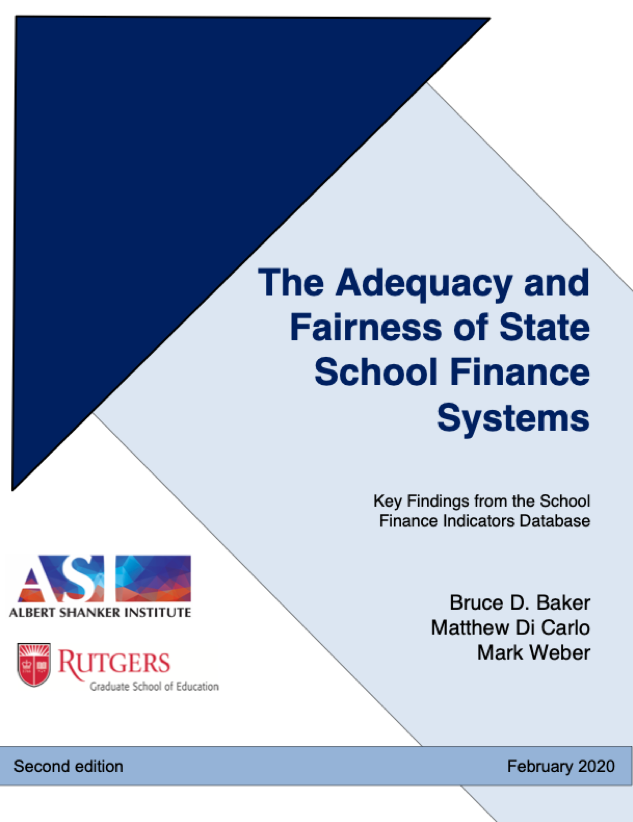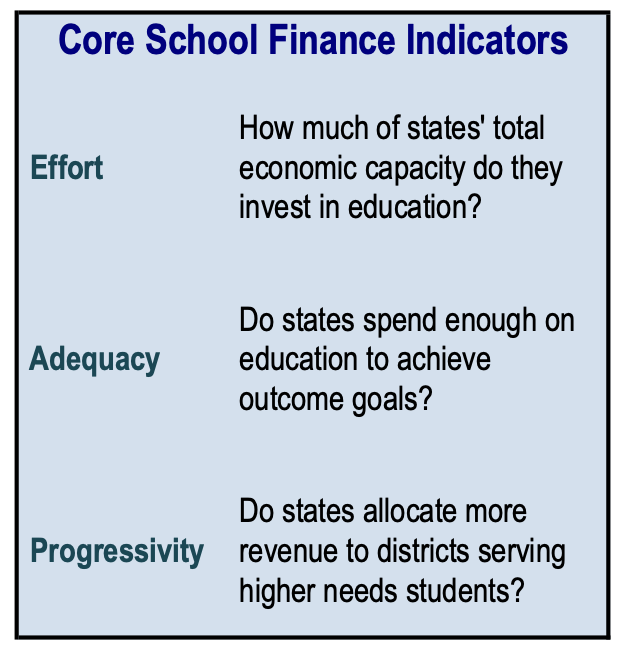National Education Policy Center: Are Zillow and Real Estate Agents Promoting Segregation? | Diane Ravitch's blog
National Education Policy Center: Are Zillow and Real Estate Agents Promoting Segregation?
How do renters or buyers judge the quality of the schools zoned to their prospective homes?
Often it starts not with schools or teachers or students, but with the real estate industry.
Two recent pieces of investigative journalism call attention to a prominent flaw with this system: Realtors and real estate websites alike share assessments that downgrade schools that serve higher percentages of low-income and minority students, while also serving to maintain segregated housing patterns by steering Whites away from districts that serve students of color.
For a series of articles published earlier this month, the Newsday newspaper in Long Island paired testers of different ethnicities and races and had them seek similar homes from the same realtors.
The newspaper found that realtors repeatedly steered White buyers away from school districts enrolling higher percentages of minoritized residents, typically using veiled language. For example, they told White buyers that one community was an area to avoid “school district-wise” or “based on statistics.” Yet that district’s 90 percent Black and Hispanic high school boasted a 96 percent four-year graduation rate and above-average performance compared to the rest of the county.
In a study of the areas investigated by Newsday, NEPC Fellow Amy Stuart Wells, a professor of sociology and education at Teachers College, Columbia University found that a one percent increase in Black/Hispanic enrollment corresponded with a 0.3 percent decrease in home values. In other words, a home worth $415,000 at the time of the study in 2010 would cost $50,000 more in a 30 percent Hispanic/Black district as compared to a 70 percent Hispanic/Black district.
Wells and her team compared two districts with similar housing stocks and socioeconomic backgrounds but different percentages of Black, Hispanic, and White residents. Although Wells said realtors discounted the quality of the schools of the majority Black/Hispanic area, her team found few differences when they actually visited and studied the district.
“There didn’t seem to be a huge difference at all in the curriculum and the quality of the teachers,” she told the newspaper. “So, they [real estate agents] do play an important role in steering people away from certain districts that are becoming more racially, ethnically diverse and less White, in particular.”
An internet-era wrinkle to these longstanding practices was documented and described last week in an article published in the education-focused news site Chalkbeat. The site’s analysis found that school ratings featured on popular real estate sites like Zillow and Realtor.com—ratings assigned by the non-profit corporation called GreatSchools—nudged buyers toward schools with higher percentages of White students by assigning lower ratings to schools with higher percentages of Black and Hispanic students. This happened even when GreatSchools’ own evidence showed that these schools were doing a good job growing the scores of their students.
Specifically, although student’s test score growth is also considered, it’s worth a much smaller share of a school’s “grade” than proficiency, a factor that greatly penalizes schools serving students with fewer opportunities to learn due to societal inequalities outside the realm of the school.
More than that, the GreatSchools algorithm is overwhelmingly about these test scores, largely ignoring other factors of school quality. Rather than assessing the degree to which all students are provided opportunities to learn, test results tabulate outcomes that are profoundly influenced by the unequal opportunities and resources offered to White students versus students of color.
Alternative approaches are available, but they require us to truly and deeply learn about the school. Superficial measures like those used by GreatSchools and its real estate customers must be set aside. One example of such an alternative approach is NEPC’s Schools of Opportunityrecognition program for high schools, which uses a holistic assessment of school quality. The application and evaluation processes consider how these schools are broadening and enriching learning opportunities, creating and maintaining a healthy school culture, and implementing a variety of research-based approaches that close opportunity gaps.
Yet it is the GreatSchools ratings that are viewed by 150 million users of real estate software per year. And there’s evidence that it’s having an effect: A recent study found that property values in areas with a high GreatSchools rating increased by nearly $7,000 over three years, furthering the discriminatory real estate cycle that has always existed in the United States.
CONTINUE READING: National Education Policy Center: Are Zillow and Real Estate Agents Promoting Segregation? | Diane Ravitch's blog





















